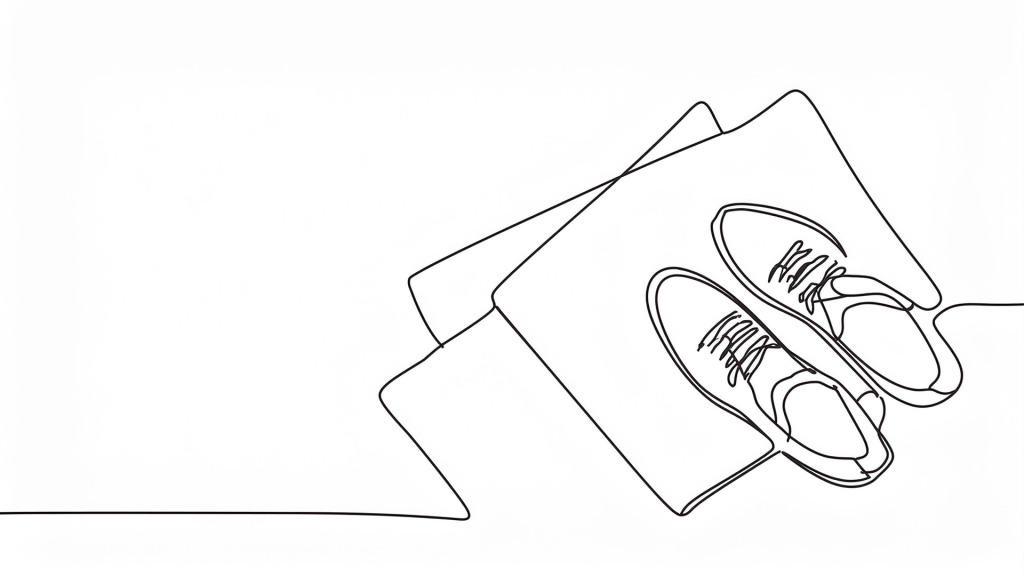Case Studies and Reflective Tools
Case Study: Shoes Off? Part One

In Massachusetts, the early intervention program falls under the Department of Health and Human Services. Agencies compete with each other to win contracts from the state for the opportunity to provide early intervention services. As such, EI agencies are bound by OSHA regulations. OSHA creates policies intended to keep workers safe.
One policy of the Occupational Safety and Health Administration is that workers who could be exposed to any number of hazards must wear closed-toed shoes (OSHA Regulation 29 CFR 1910.136, 1970). This policy means that several early intervention organizations have strict policies that their EI practitioners must keep their shoes on during home visits. However, many groups of people, including Muslims, Eastern Europeans, Americans with Slavic ancestry, Korean Japanese, Some Chinese, and many Malaysian and Asian-Americans, Indian and Indigenous Americans, consider it unhygienic and quite rude to wear shoes inside the home. While many White Americans do wear their shoes in the house, it is common in some parts of the country, like the Midwest, to remove shoes in the home’s entryway. In some locations, such as the American Northeast, there is a cultural expectation that shoes be removed when the weather is rainy or snowy.
Questions for reflection
- If you worked for an agency that mandated that you keep your shoes on due to OSHA regulations and you were entering the home of a family you knew to be observant Muslims, what would you do?
- What would you do if you arrived at a family home with two other EI providers from your agency to do an initial assessment, and the father greeted you all the door and asked that you take your shoes off?
- What if instead of going into the home of an observant Muslim family, you were going into the home of a family with the same cultural background as you, but the weather had been rainy? Your shoes were visibly muddy and the mother asked you to take your shoes off because their baby had just learned to crawl. She was worried that you might track mud on the floor. What would you do in this situation?
- When you thought about what you would do in each of the above scenarios, would your reactions be different? If so, why do you think that is? For the choice you would make in each scenario, which of your values most influenced what you think you would do?
- Gloria Ladsen-Billings once commented that we have to think critically about whose culture our educational choices are responsive to. When did you decide whether or not to take off your shoes in the above scenarios (or if you were able to think of a third solution)? Whose culture was your choice most responsive to? Why do you think that you prioritized this group’s culture?
- What impact might your decision to take your shoes off or not take your shoes off have on this family’s relationship with you and with the EI system as a whole?
- It’s common for federal laws, state mandates, and agency policies to conflict with families’ values and ways of being. When this happens, it calls for creative problem-solving. If you knew that you had families in your catchment area that found it unhygienic and rude to wear your outside shoes into their homes, what might you do proactively to avoid offending them by wearing your outside shoes into their homes?

